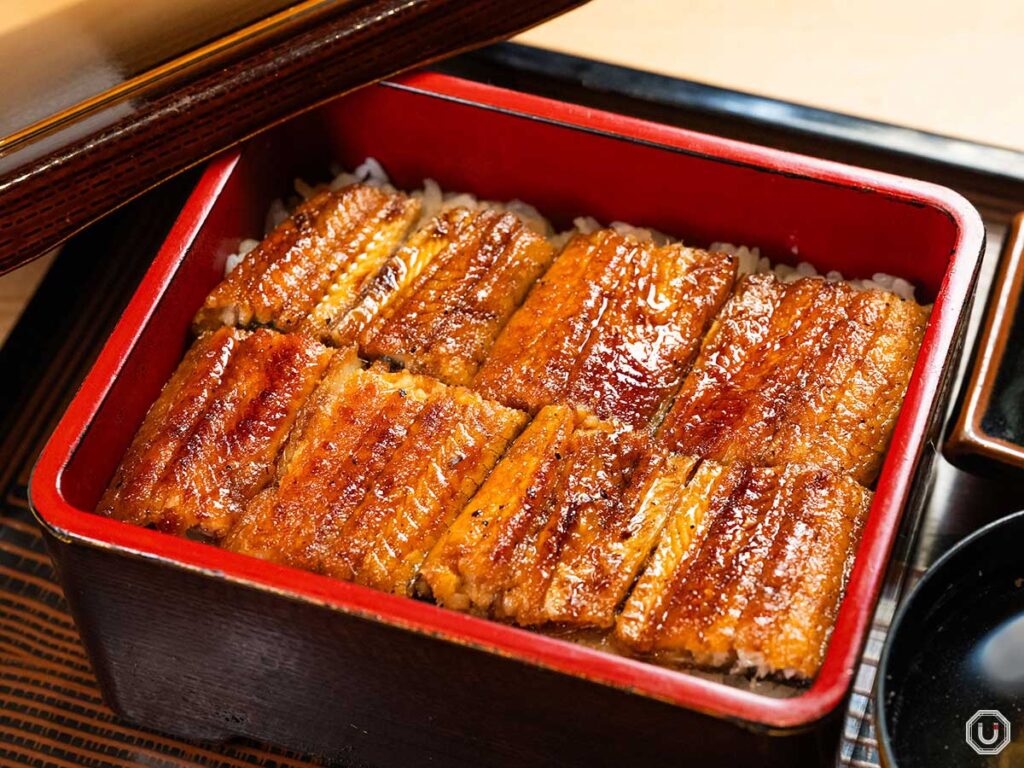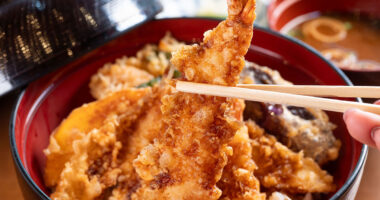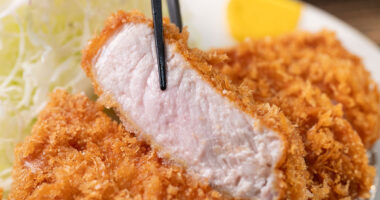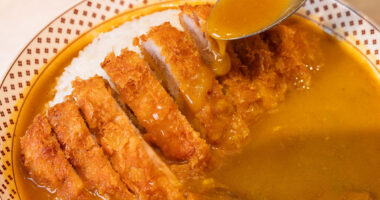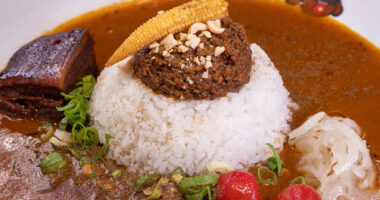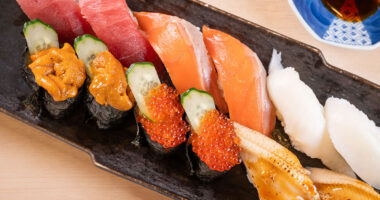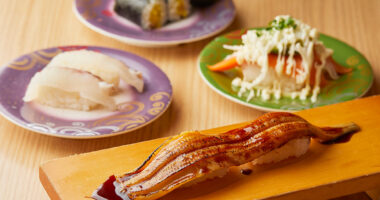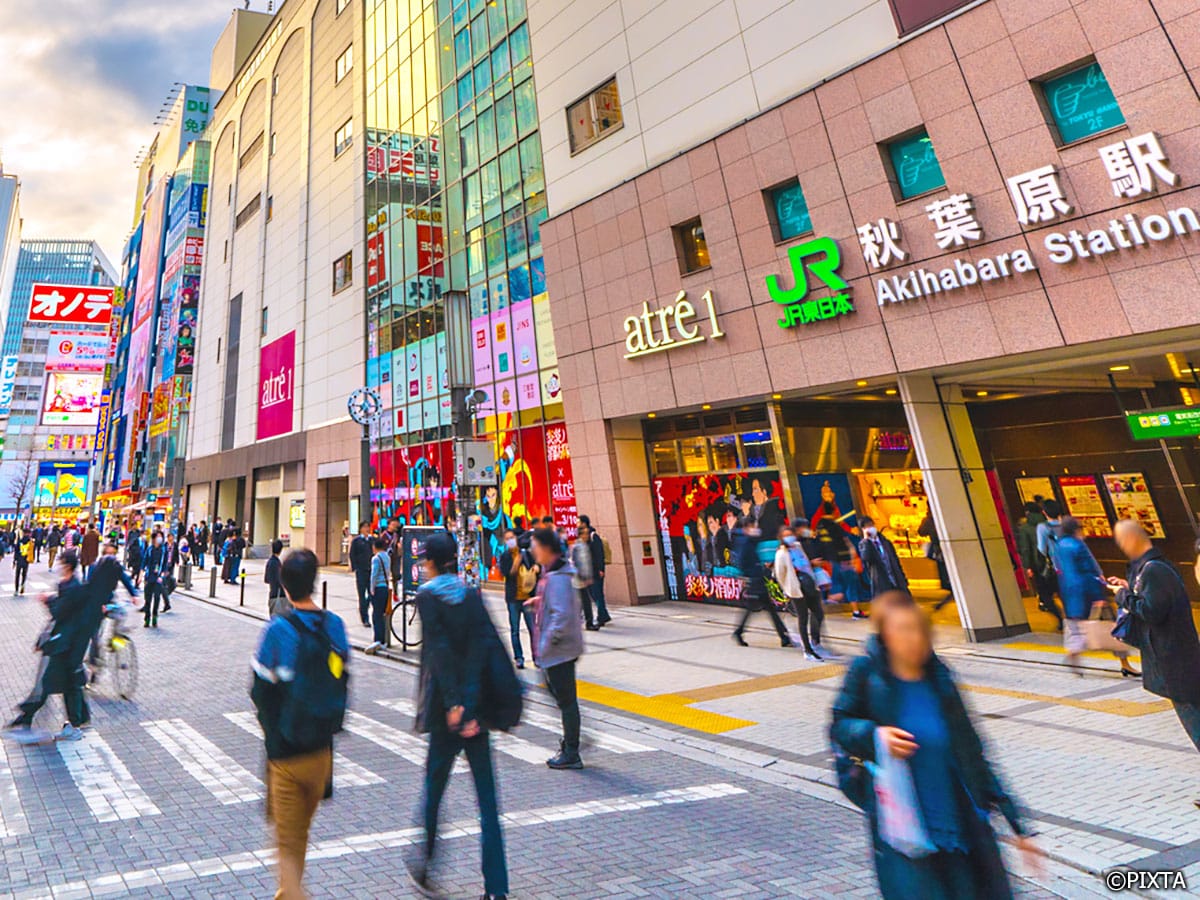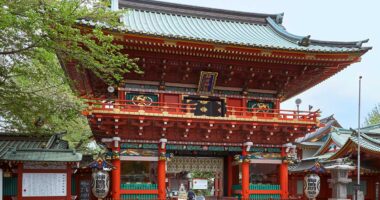Unagi (freshwater eel), became popular and known as “the food of the people” during the Edo period in Japan.
Although unagi has become expensive and is now perceived as a luxury ingredient, it remains beloved by a wide range of generations.
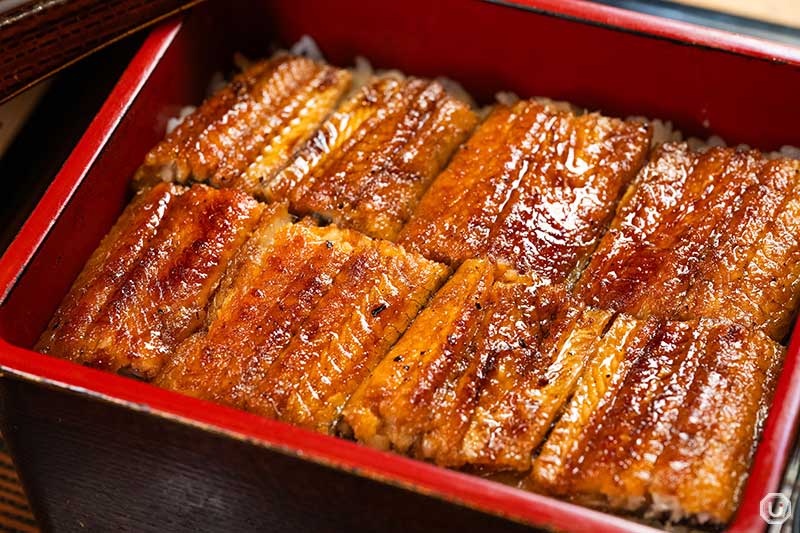
“Unasho” in Akihabara is a restaurant where you can experience the depth of unagi cuisine. They offer various unagi dishes, including the classic unajū and hitsumabushi, a local specialty from Aichi Prefecture.
When it comes to eel dishes, unaju is a must-eat
Unaju is a dish where grilled unagi is placed on top of white rice in a lacquered box.
Unlike the common Kanto method where eel is steamed before grilling, Unasho uses the Kansai method of grilling the eel directly.
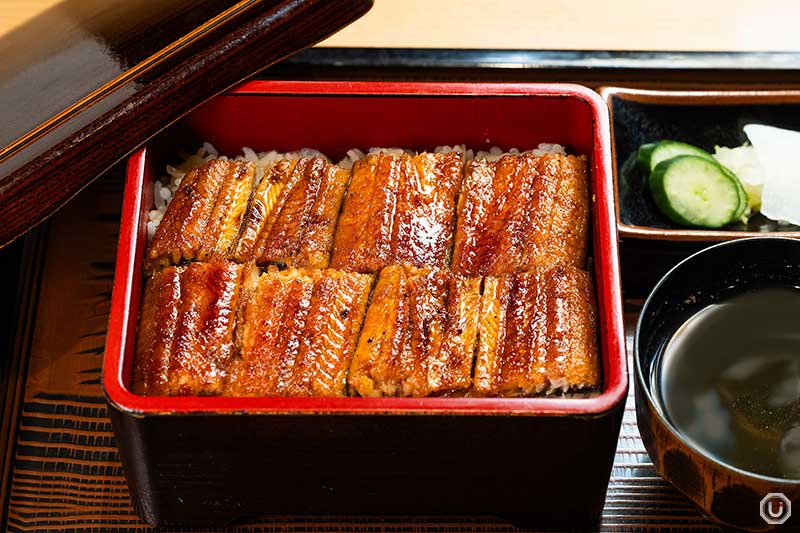
“うな重 上,” Unaju (Deluxe) 3,400 JPY (tax included)
The unagi, carefully grilled over charcoal, has a crispy surface and a fluffy inside after the excess fat is rendered away.
When you take a bite, the rich umami of the fat spreads across your palate along with Unasho’s special sweet sauce.
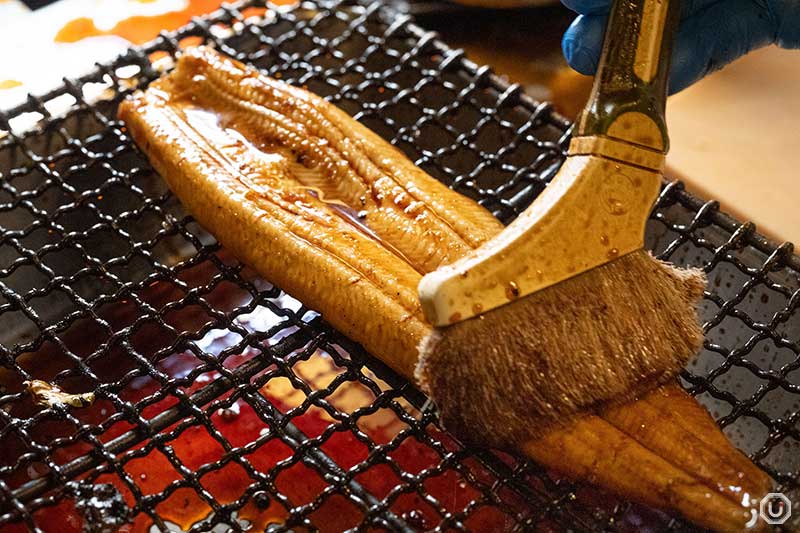
White rice is essential in enhancing the flavor of unagi.
Unasho uses top-grade Koshihikari rice, which is highly rated for its grain shape and transparency.
Koshihikari, with its well-balanced sweetness, stickiness, and luster after cooking, is a versatile rice that goes well with any dish. It really brings out the flavor of Unasho’s carefully prepared unagi.
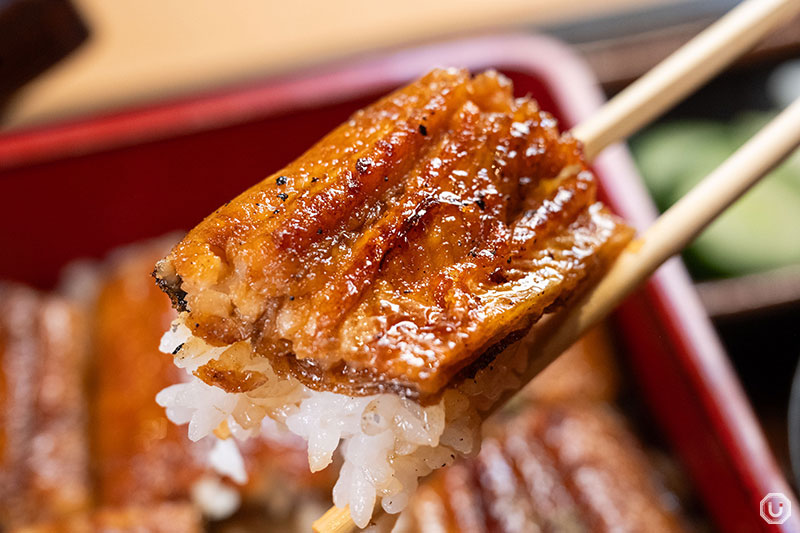
The sanshō (Japanese pepper) that comes with the unaju is a seasoning that changes the flavor profile of the dish. It adds a slightly piquant stimulation, tightening the overall taste.
However, be careful not to use too much! It’s recommended to sprinkle only once or twice, as overuse can diminish the sweetness of the sauce and the rich flavor of the eel.
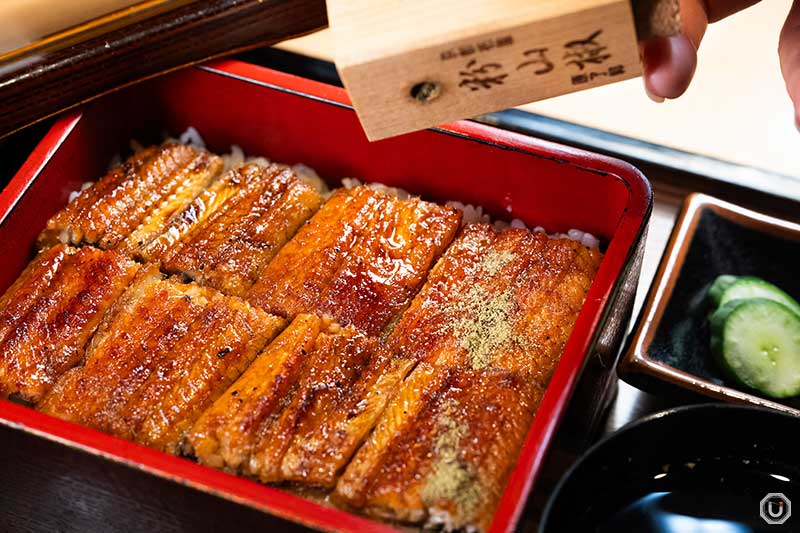
The unaju is divided into three levels based on the amount of grilled eel used. Jō (deluxe) uses four-fifths of an eel and costs 3,400 JPY (tax included). Tokujō (special deluxe) uses a whole eel and costs 4,450 JPY (tax included), while kiwami (ultimate deluxe), which uses the most eel at one and a half eels, costs 6,000 JPY (tax included).
With kiwami, the unagi overflows from the box, making for quite the impressive sight!
Ordering the kiwami is highly recommended for those who want to enjoy unaju to their heart’s content.
Hitsumabushi: a signature dish that can be enjoyed in three different ways
Hitsumabushi, another staple eel dish alongside unaju, is Unasho’s signature menu item.
A special characteristic of hitsumabushi is that it can be enjoyed in three different ways in one serving. First, it’s eaten like unaju with white rice, then with condiments for a change in flavor, and finally as ochazuke (rice soup) by pouring tea broth over it.
Unasho’s popular variation, “Unagi Tororo Mabushi,” adds special toppings to the traditional hitsumabushi.
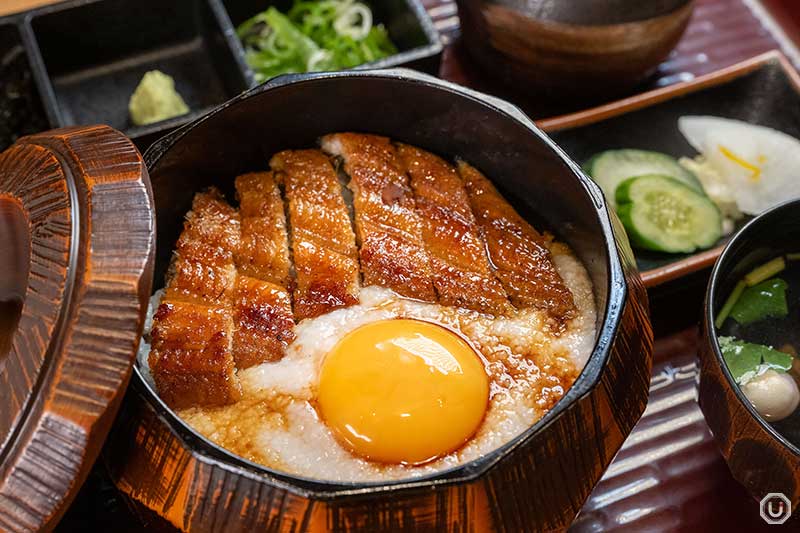
“鰻とろろまぶし,” Unagi Tororo Mabushi 2,250 JPY (tax included)
The standard hitsumabushi comes with diced unagi grilled kabayaki-style on white rice, accompanied by condiments and tea broth.
However, the Unagi Tororo Mabushi includes condiments, tea broth, chopped grilled eel, plus grated yam and egg yolk as toppings.
The grilled eel, with its sweetness mellowed by the grated yam and egg yolk, offers a luxurious taste.
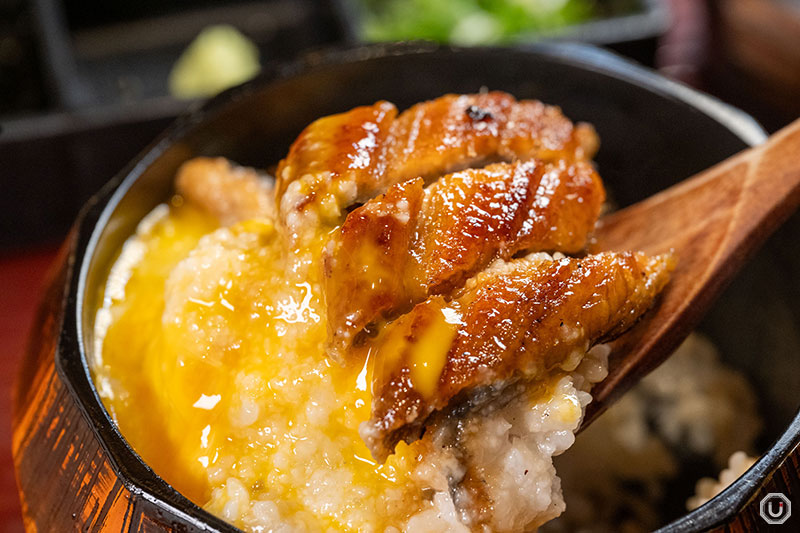
It’s delicious with condiments like green onions and nori seaweed, and the wasabi’s spiciness is exquisite.
The addition of the fresh flavors from the condiments completely changes the impression from the mild sweetness.
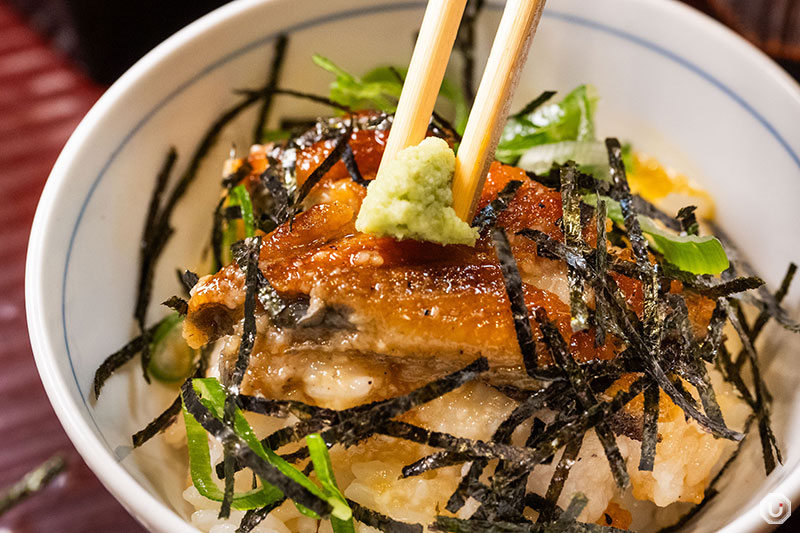
You eat it in the same order as regular hitsumabushi, finishing with the tea broth.
Unasho’s tea broth, made with dashi from bonito flakes and added green tea, has just the right saltiness and adds depth to the overall flavor.
The high-quality taste, where sweetness and saltiness harmonize perfectly in your mouth, is ideal for finishing your meal.
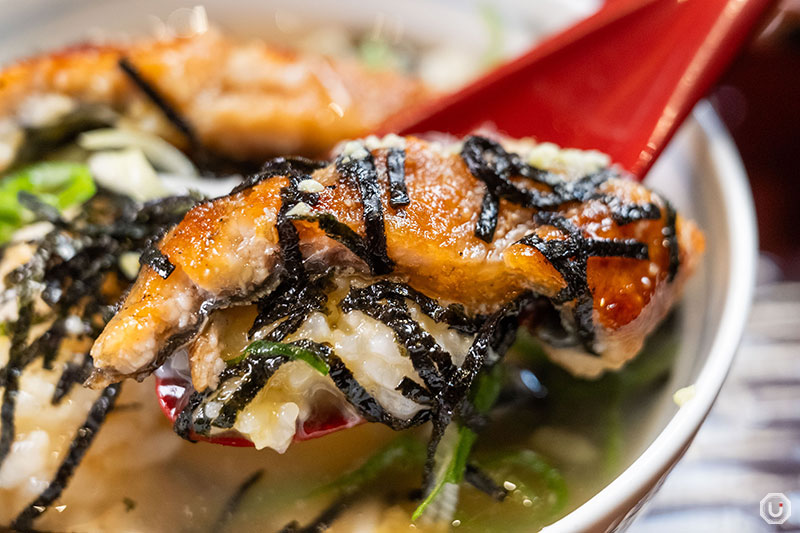
Additionally, it’s a thoughtful touch that they provide paper instructions in English and Chinese explaining how to properly eat hitsumabushi for international visitors.
Even those trying hitsumabushi for the first time can enjoy its deliciousness by following the steps.
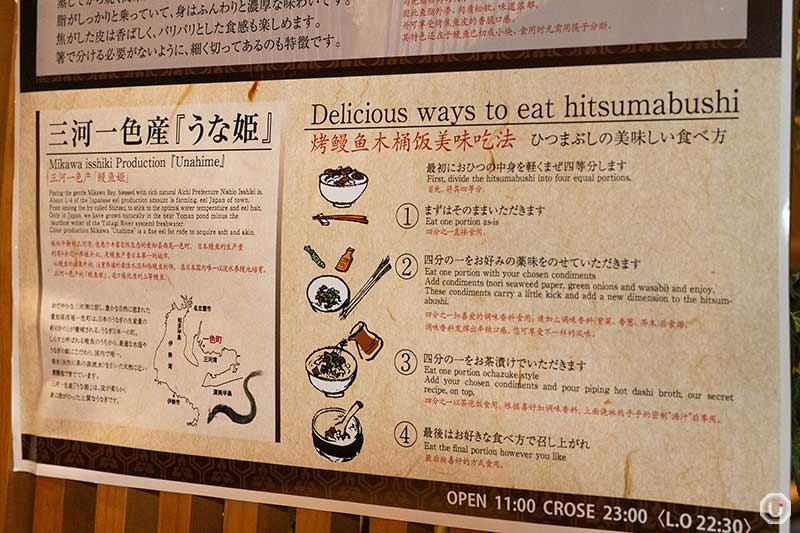
A luxurious unagi side dish wrapped in a fluffy Japanese rolled omelet
Unasho also offers a rich variety of side dishes.
While the kimo kushi (grilled eel liver) and uzaku (grilled eel and cucumber dressed with vinegar) are certainly delicious, the restaurant’s top recommendation is umaki.
Umaki, which wraps chopped unagi in a thick Japanese rolled omelet, is enjoyable for both adults and children.
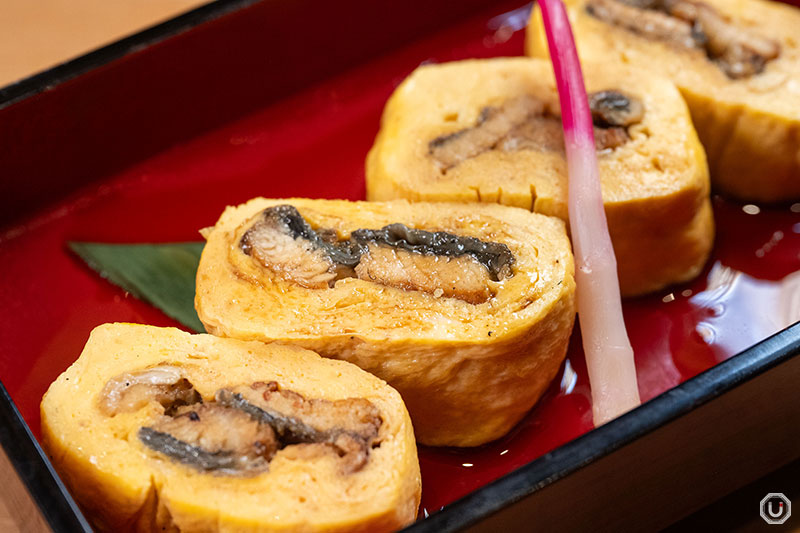
“う巻き,” Umaki 950 JPY (tax included)b
The thick omelet is seasoned with dashi made from bonito flakes, salt, and soy sauce. Thanks to this simple seasoning, you can clearly taste the umami of the eel’s fat and the sweetness of the sauce.
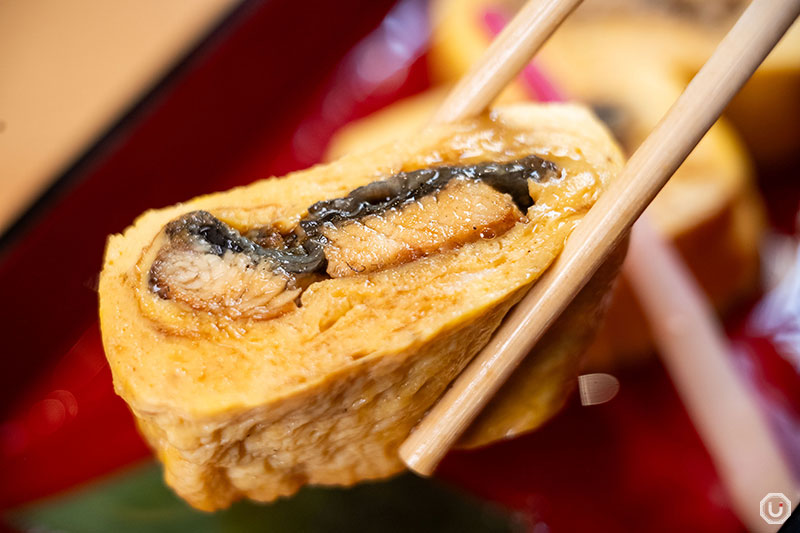
The allure of high quality eel
The eel used at Unasho is from Mikawa Isshiki in Aichi Prefecture, one of Japan’s leading eel-producing regions.
These eels are raised in a near-natural environment with freshwater, with strict attention to water temperature and feed, resulting in high-quality unagi with tender skin and fatty flesh.
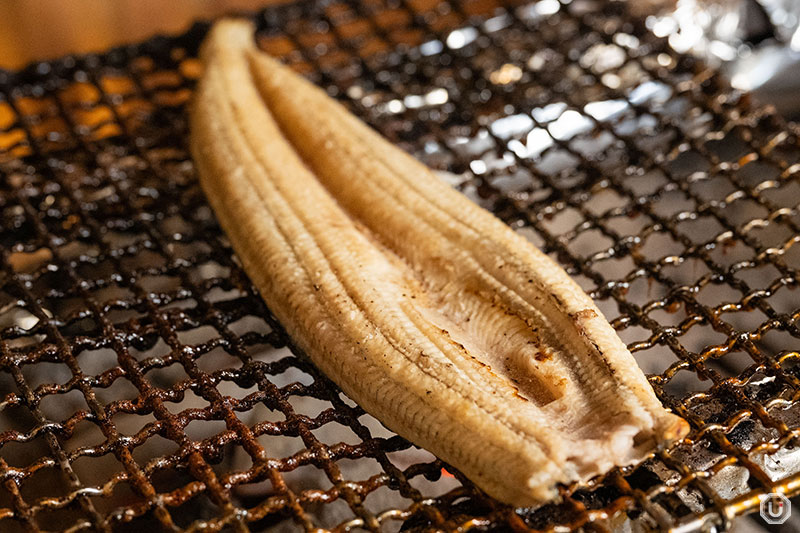
While dishes that use a lot of unagi, such as the kiwami size of the unaju, can be a bit pricey, the taste is well worth the cost.
In the elegant and serene interior of Unasho, you can savor exquisite eel dishes, each offering a unique and exceptional taste.
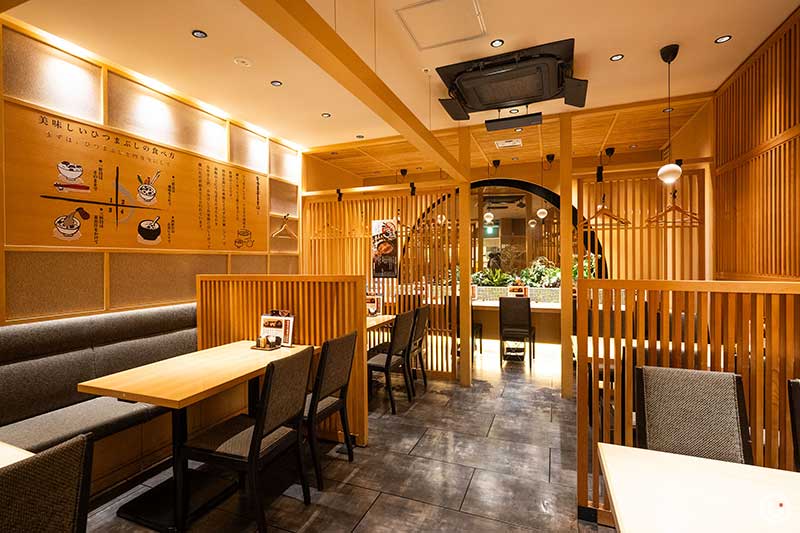
Unasho’s interior
Information
| Store name | うな匠 Unasho |
|---|---|
| Address | Yodobashi Akiba 8F, 1-1 Kandahanaoka-cho, Chiyoda-ku, Tokyo
|
| Access |
Akihabara Station(AKB) Short-walk from Shōwa-dōri Exit
|
| Phone number | 03-3526-8855 |
| Reservations | Accepted Phone, Tabelog, GURUNAVI |
| Payment |
|
| Service charge/Table charge | None |
| Hours | 11:00-23:00(last order 22:00) |
| Closed | No holidays excluding Yodobashi Akiba holidays |
| Seating | 46 seats 6 counter seats, 40 table seats |
| Smoking | All seats are non-smoking |
| Official website | https://www.jgroup.jp/business/jproject/shop/13 |
| Other information |
|
※Menu contents, prices, store information, etc. are current as of July 2024.
